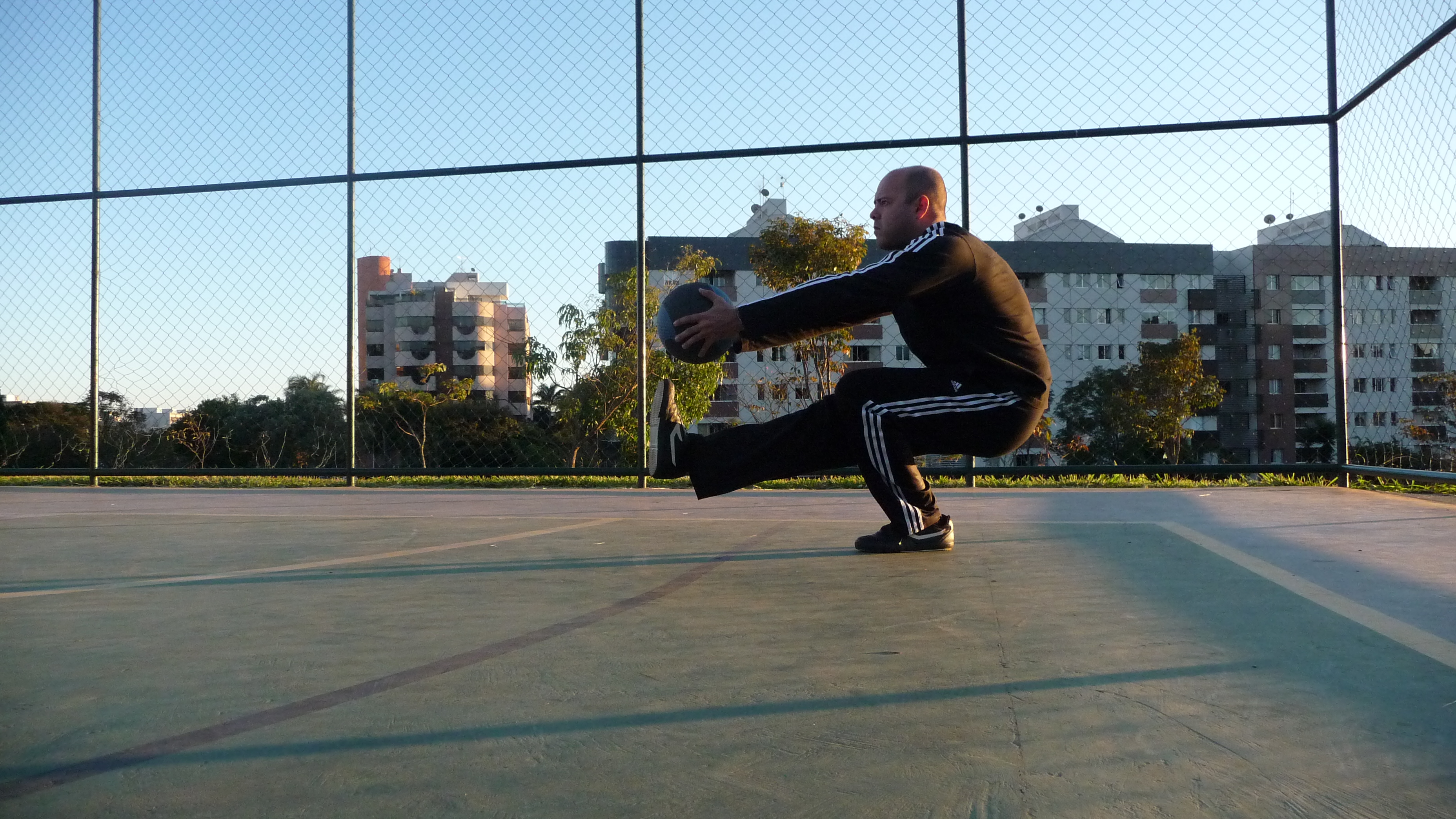5 Ways To Increase Your Cardio With More Than Just Running
Increasing your cardio is more than just increasing your mileage. Sometimes you need to push a little harder in a different direction to get where you want to be. If you’re training for a race and want to beat your personal best, read the following tips on how to increase your cardio level!
Intervals:
The best intervals are the ones that leave you breathless. With the fall race season, it’s time to get more serious about your intervals. You could start with 5-6 sets of 600m, 200m, 400m at a 5K race pace and 60 seconds jogging after each sprint. Once you feel comfortable with these intervals, more forward with 12-16 sets of 400m runs at a 5K race pace with a 60-90 second jogging recovery after each set. Do these intervals at least two times a week for optimal results.

Strength & Cardio Combination:
Combine your cardio days with your strength training days. The more muscles you work out, the higher your heart rate and the better your cardio level. Don’t be afraid to use the incline if you’re running on the treadmill. Here’s a quick strength & cardio combination to get you started –
1. Sprint for 30 seconds and then step off the treadmill to do fifteen push-ups. Take a 15 second break and start again. Repeat five times.
2. Ten burpees, fifteen squats, and 30 second sprints. Repeat three times with a 30 second rest period between sets.

3. 30 bicycle crunches (15 on each side) and 3 minutes rowing. Repeat five times with a 30 second rest period between sets.
4. 24 walking lunges (12 on each side), 50 high knees (25 on each side), and a 30 second sprint. Repeat three times with a 30-60 second rest period between sets.
Cross Train:
Running for long periods of time will definitely prepare you for your race, but in order to bring your cardio level to the next step, cross training could be vital if incorporated into your routine.
Go to the swimming pool after a long run and do lap intervals: swim five sets of four laps non-stop and rest for 60 seconds between each set. Swimming works the whole body equally, unlike running which focuses on working the legs more than anything else. Swimming will work out more muscles and make your heart pump faster.

You could also add cycling into your weekly routine to add strength and endurance. Bike 3-4 hours every other week to work your legs out. Bike uphill wherever possible for a higher cardiovascular challenge.
Conquer Hills:
Running uphill not only increases your leg strength, but it also increases your cardiovascular level by making your heart beat faster to pump more blood into your lower body. Don’t be afraid to use the incline feature on the treadmill while you’re running long-distance.

For instance, on an hour-long run, increase the incline by 1% every 5 minutes until you reach the 5% incline while keeping the same pace. Once you reach 5%, decrease the incline by 1% every three minutes while keeping the same pace. Run for 5 minutes without any incline and then increase the speed by a few second per mile to start the hill workout again. Do this at least once a week, and you’ll notice that your running pace will increase with every incline/decline set.
Drill It:
Add various strength drills into your running routine to shock your body out of the running comfort. These drills should be added into your long runs at least twice a week; you can add them to your hill workouts as well.
,_Master_Chief_Electronics_Technician_James_Poletto,_from_New_Milford,_Conn.,_runs_on_the_treadmill.jpg)
You could run for 30 minutes at a decent pace and then do five sets of 1 minute walking lunges with a 60 second jogging recovery between sets. Run another ten minutes and do 5-6 sets of 1 minute high knees with 30 second jogging recovery between sets.
You could do the same thing with burpees, walking squats, or high jumps – the important bit is to not run continuously for more than thirty minutes during these drill workouts. The more shocked your body is, the higher your heart rate will rise, and the better your race time will be!



